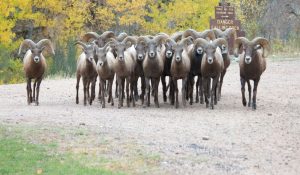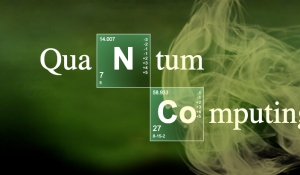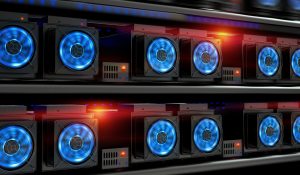
by Richard L. Sites on Aug 8, 2022 | Tags: Cache, Prefetching
Cache prefetching is a well-studied topic, but we continue to strive for improvement. Two small ideas are presented here, one for software prefetching and one for hardware. Bigger software prefetches When I worked at Google, a survey of fleet execution time revealed...
Read more...

by Koji Inoue on Aug 4, 2022 | Tags: Emerging Technology, Nanophotonics, Quantum Computing, Superconductor Computing
Computing technology entering a new phase Computers have evolved over half a century into an essential and indispensable backbone of social information infrastructure. And now, it faces a significant turning point. Although Moore’s Law, which doubles the number...
Read more...

by Alexander Hankin, Lillian Pentecost, Marco Donato, Mark Hempstead, Gu-Yeon Wei, and David Brooks on Aug 3, 2022 | Tags: Memory, Modelling, non-volatile, Persistent, Tools
Non-volatile memory technologies have a rich past dating back to the 1960s. Fairchild R&D Lab member Chih-tang Sah first noted in 1961 the ability of electric charge to remain on the surface of an electrical device for up to several days. By the 1970s the first...
Read more...

by Abhishek Bhattacharjee on Jul 29, 2022 | Tags: Accelerators, Brain computer interface, Signal Processing
In mid-July of this year, Synchron, a brain-computer interface (BCI) startup, announced that it had partnered with Mount Sinai West in New York to permanently implant a stent-like BCI in the motor cortex of a paralyzed patient and read neurological signals to capture...
Read more...

by Divya Mahajan on Jul 27, 2022 | Tags: Mentoring, Workshop
The 4th annual Undergraduate Architecture Mentoring (uArch) Workshop was co-located with the International Symposium of Computer Architecture (ISCA) 2022 held in New York City. This was the first hybrid uArch after being purely virtual for the last two years. The...
Read more...

by Mengjia Yan on Jul 20, 2022 | Security is an overlooked component in our computer architecture education. I often get the following questions from undergraduate students and junior PhD students: “I have a strong interest in hardware security, but how shall I start learning or teaching myself about...
Read more...

by Yatin Manerkar on Jul 14, 2022 | Tags: Conference, ISCA
After 2 years of being virtual, computer architects eagerly came down to New York City for the first in-person ISCA since 2019. Enrollment reached record numbers, with 977 registrants as of the first day of the conference. Almost half of the registrants were students,...
Read more...

by The Computer Architecture Student Association (CASA) on Jul 6, 2022 | Tags: Academia, CASA, Community, Diversity
The Computer Architecture Student Association (CASA) is back with the summer DEI reading group! Like last year’s iteration, we’ll meet every other week, read an article or watch a short movie together and discuss it! No pre-meeting reading is required! Who can...
Read more...

by Gokul Subramanian Ravi and Fred Chong on Jun 14, 2022 | Tags: Quantum Computing
Quantum chemistry has been an important benchmark application for emerging quantum computers. In this article, we will revisit the big-picture motivation for this application and how the iterative nature of the algorithm presents unique challenges and opportunities...
Read more...

by Jayashree Mohan on Jun 8, 2022 | Tags: Accelerators, GPUs, Machine Learning, Systems
Machine Learning (ML) training is an important workload in enterprise clusters and cloud data centers today. Products like virtual assistants, chatbots, and web search which are an integral part of our life now, are empowered by the innovations in ML and AI research....
Read more...












